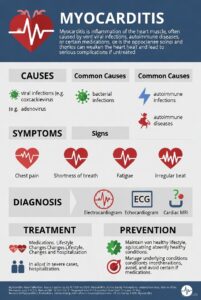Application of Nursing Process
Panic disorder: Assessment
- Characterized by recurrent panic attacks, the onset of which are unpredictable and manifested by intense apprehension, fear, or terror, often associated with feelings of impending doom and accompanied by intense physical discomfort
- Attacks may last minutes or rarely hours and individual often experience varying degrees of nervousness and apprehension between attacks.
- May or may not be accompanied by agoraphobia
Symptoms of panic attack
- Sweating, trembling, shaking
- Shortness of breath, chest pain, or discomfort
- Nausea or abdominal distress
- Derealization or depersonalization
- Fear of dying
- Dizziness, chills, or hot flashes
- Numbness or tingling sensations
- Fear of losing control or “going crazy”
Generalized anxiety disorder (G A D)
- Characterized by chronic, unrealistic, and excessive anxiety and worry
- The disorder may begin in childhood or adolescence, but onset is not uncommon after they turn 20.
Predisposing factors: Panic attacks and G A D
Psychodynamic theory
- Ego unable to intervene between id and superego
- Overuse or ineffective use of ego defense mechanisms results in maladaptive responses to anxiety
- Use of defense mechanisms rather than coping and management skills result in maladaptive responses to anxiety
Cognitive theory
- Faulty, distorted, or counterproductive thinking patterns result in anxiety that is maintained by mistaken or dysfunctional appraisal of a situation.
- Individuals have loss of ability to reason regarding the problem and feels vulnerable in a given situation, and distorted thinking results in an irritation appraisal thus a negative outcome
Biological aspects
- Genetics
- Neuroanatomical
- Biochemical
- Neurochemical




